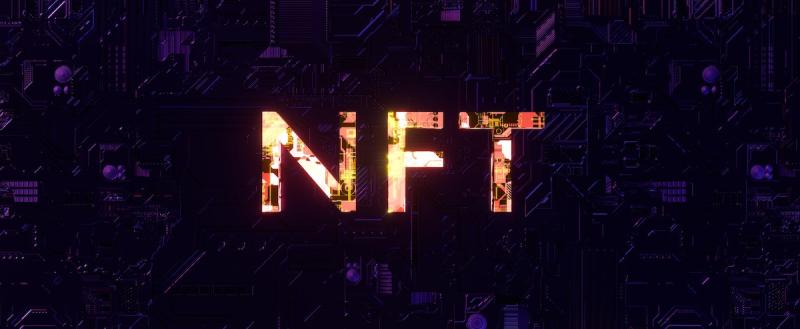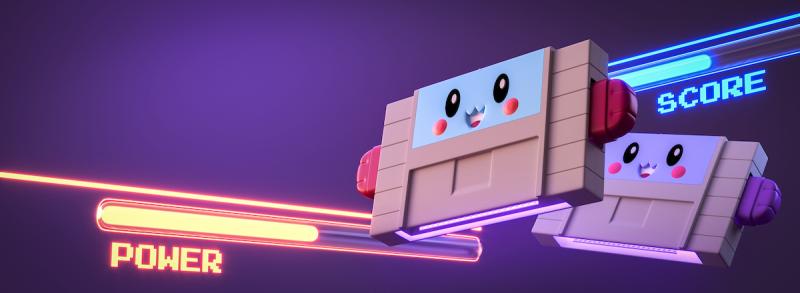In the world of Web3 gaming, early access is no longer just about bug testing—it’s about building thriving, invested communities from day one. Rather than sending out generic invite codes or opening the floodgates to everyone, many projects are turning to token-gated betas (see our complete guide to token-gating in Web3): private, NFT-powered trials that reward participation and amplify community involvement.
By combining digital ownership with smart community tools and in-game incentives, developers can create a Web3 game beta experience that feels exclusive, rewarding, and aligned with the long-term goals of the project.
This guide breaks down how to launch your own token-gated beta—from the tech stack to the community strategy that will keep testers engaged.
Key Takeaways
-
Use NFTs as digital keys for exclusive beta access.
-
Sync NFT ownership with Discord gated channels.
-
Reward players with rare cosmetics, soulbound tokens, or even future revenue shares.
-
Break your beta launch into three clear phases: Pre-Launch, Minting, and Activation.
-
Leverage tools to launch token-gated beta like Collab.Land, Sequence Builder, and Moralis.
Key Components of a Token-Gated Beta
1. NFT-Based Access Control
Turn Access Into Ownership
Traditional betas often struggle to control who participates and how to engage them. By using NFTs as access passes, developers can not only limit entry but also give players a digital badge of participation that holds long-term value.
How It Works
Each player must own a specific NFT to join the beta. These NFTs can have different traits—like rarity levels or expiry dates—to create tiers of access and scarcity.
If you’re new to NFT creation, check out our guide on how to generate a full NFT collection using AI tools.
Steps to Implement
-
Mint a limited collection of access NFTs (e.g., 1,000 units).
-
Include utility-based metadata such as access duration or unlockable content.
-
Integrate wallet verification (via MetaMask or Coinbase Wallet) on your game’s beta portal or website.
For instance, Ubisoft’s Captain Laserhawk: The G.A.M.E. offered NFT beta access, successfully driving exclusivity and early interest among fans.

2. Discord Integration for Community Building
Build a Real-Time Community Hub
A beta isn’t just about testing bugs—it’s about feedback, community bonding, and iteration. Discord is the preferred platform for Web3 projects, but managing exclusive access manually is unsustainable.
How It Works
You can automate access to Discord gated channels based on NFT ownership. This creates a structured space where only verified holders can join key conversations.
Steps to Implement
-
Set up private channels (e.g., #beta-testers, #feedback, #events).
-
Use a bot like Collab.Land or MEE6 to verify wallet ownership and assign roles.
-
Run regular community events—AMA sessions, dev updates, or sneak peeks—to keep members engaged.
Benefits
-
Create a feedback loop between devs and players.
-
Maintain a tight-knit, engaged testing group.
-
Reward active testers with shout-outs or exclusive perks.
3. In-Game Rewards and Incentives
Make Feedback Feel Rewarding
Players who help shape your game deserve more than a thank-you. Web3 enables unique reward mechanics that link directly to wallets and on-chain activity, adding real value to participation.
Reward Types
-
Exclusive Items: NFTs tied to cosmetic upgrades (e.g., rare skins, weapons).
-
Soulbound Tokens (SBTs): Non-transferable tokens earned by reporting bugs, completing tasks, or attending beta events.
-
Monetization Perks: Beta NFTs can evolve to offer airdrops or a share of future in-game earnings.
How to Execute
-
Assign rewards based on wallet activity and milestones.
-
Use metadata or off-chain tracking to ensure accuracy.
-
Distribute rewards through platforms like Venly or directly via smart contracts.
Steps to Launch a Token-Gated Beta
Phase 1: Pre-Launch Preparation
Before opening your beta, clarify your purpose. Are you stress-testing servers, building hype, or rewarding early supporters?
Checklist
-
Define Goals: Set clear KPIs—like number of testers, feedback loops, or NFT retention.
-
Design NFTs: Create yourself or work with artists to create visually compelling and functional passes.
-
Configure Discord: Set up your server with token-gated channels and access bots.
Phase 2: Minting and Distribution
Once your infrastructure is in place, it’s time to release your NFTs.
Strategies
-
Allowlist: Offer first access to early community members or partners.
-
Public Sale: Use tools like Sequence Builder to host smooth, gas-optimized minting experiences.
Pricing Models
-
Free Mints: Great for rewarding loyalty and driving adoption.
-
Paid Mints: Set a fair price (e.g., 0.05 ETH) to support development costs.
Be transparent about what each NFT offers—access, rewards, or long-term perks.
Phase 3: Beta Activation
Now you’re live—it’s time to let players in and track engagement.
Steps
-
Users connect wallets to your verification tool.
-
Discord bots confirm NFT ownership and assign roles.
-
In-game systems read wallet metadata to assign rewards or unlock features.
Maintain Engagement
-
Run weekly check-ins and bug bounty contests.
-
Update users regularly through Discord announcements or newsletters.
-
Highlight top contributors to foster recognition.

Recommended Tools and Platforms
|
Tool |
Function |
Use Case |
|---|---|---|
|
Sequence Builder |
NFT minting & wallet integration |
Handle NFT drops and access management |
|
Collab.Land |
Discord role-gating via NFTs |
Auto-assign beta roles |
|
Venly |
Wallet services & NFT distribution |
Distribute in-game assets |
|
Moralis |
Smart contract backend |
Automate SBT creation and reward logic |
Common Challenges and How to Solve Them
-
Spoofing/Botting: Add CAPTCHAs or other Sybil-resistant measures during minting.
-
Poor Onboarding: Publish simple tutorials on setting up wallets and verifying access.
-
User Drop-Off: Schedule weekly events and publish community progress reports to keep momentum.
Security Considerations
Key Risks and Mitigation Strategies
-
Wallet Spoofing or Phishing: Use trusted tools and educate users.
-
Botting and Sybil Attacks: Combine CAPTCHAs and wallet age filters.
-
Smart Contract Vulnerabilities: Audit contracts with security firms like CertiK.
-
Discord Exploits: Utilise verified role-gating bots and enable two-factor authentication (2FA) for moderators.
-
Data Privacy: Be transparent about the data collected from wallets and engagement.
Conclusion
Token-gated betas offer more than bug testing—they’re a powerful way to engage early fans and turn them into evangelists. With NFTs as access keys, Discord as the hub, and in-game rewards for participation, your Web3 game beta becomes a community-building engine.
Done right, your beta becomes the foundation for launch-day success and long-term player loyalty.
Frequently Asked Questions
Here are some frequently asked questions about this topic:
What is a token-gated beta?
A beta version of a game or platform where access is restricted to users holding a specific NFT.
How do NFTs control beta access?
Users must verify wallet ownership of a specific NFT to gain entry to the game or Discord channels.
What are Soulbound Tokens (SBTs)?
Non-transferable tokens that prove participation or contributions during events like betas.
Can I use free NFTs for token-gated betas?
Yes, especially to reward community members. Just ensure verification tools can validate ownership.
Which bots help with Discord role verification?
Collab.Land and MEE6 are the most widely used for NFT-gated Discord access.
If this article, video or photo intrigues any copyright, please indicate it to the author’s email or in the comment box.

